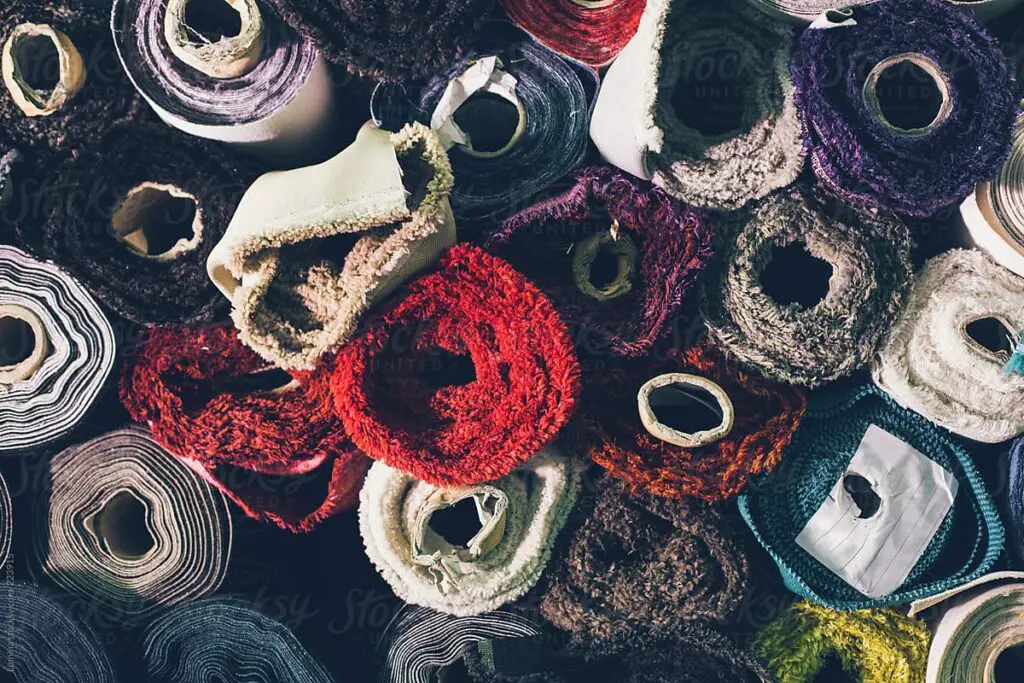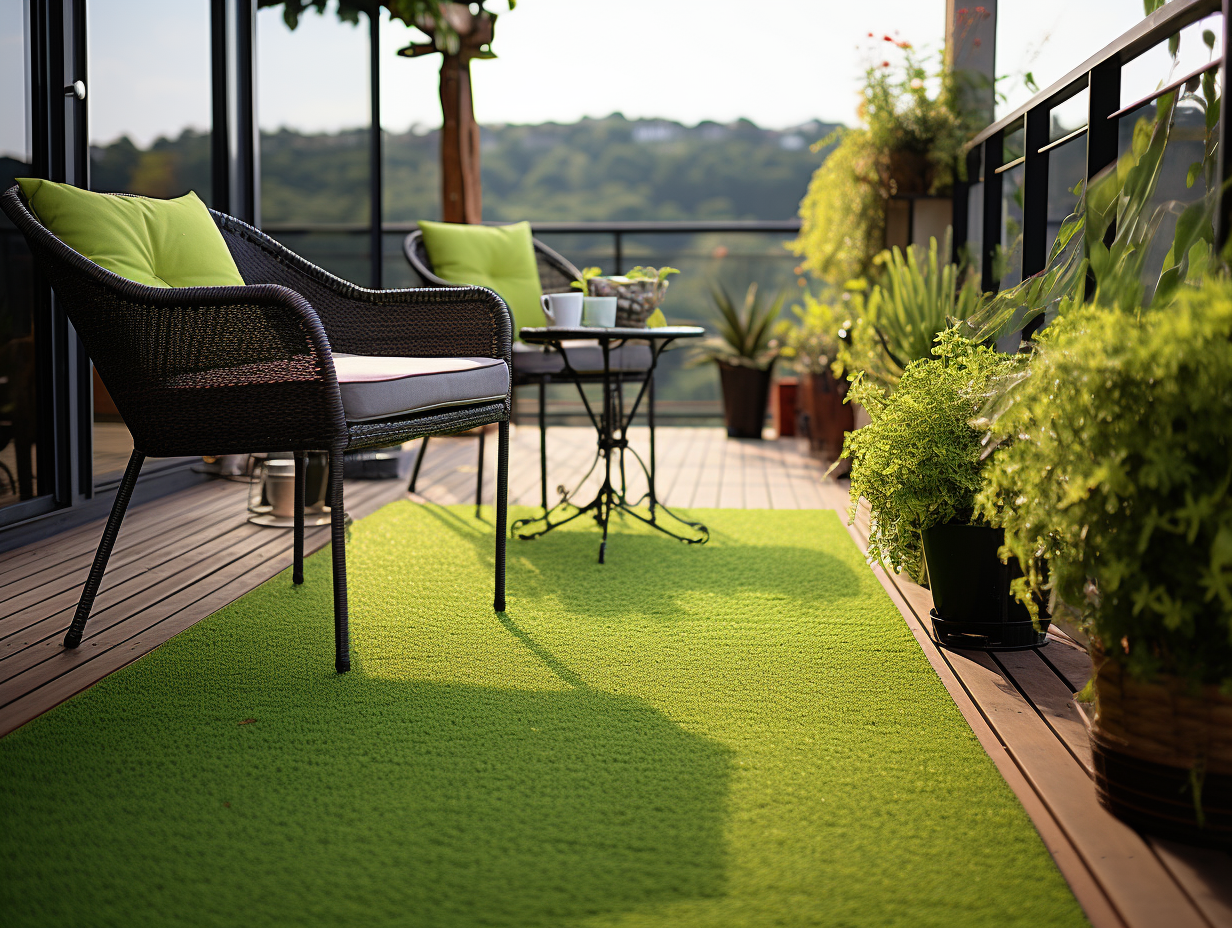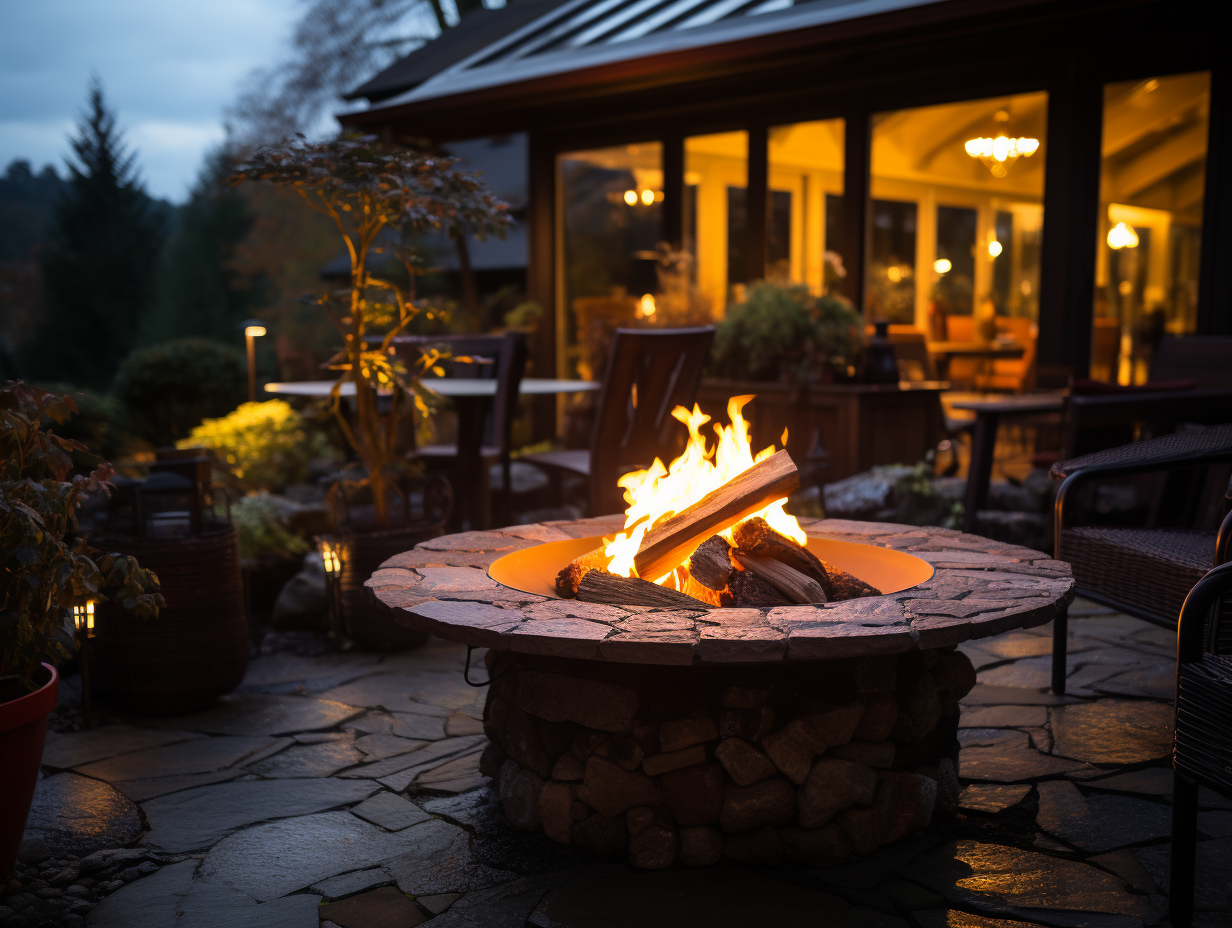
There are many different types of awning material/fabric to choose from. The type you go with will depend on your personal preferences and needs, as well as the style of your home or business.
We want to make sure you get exactly what you need when it comes to an awning for your property so we’ve put together this post breaking down some popular options in order to give more detailed information about each one!
What Is The Best Material For Outdoor Awnings?
If you are looking for the best material that will keep your outdoor awnings protected from environmental elements such as sunlight and rain, we recommend an awning made from Sunbrella fabric.
This is one of the most trusted names in fabric today because it has been tested to be fade-resistant and durable against various weather conditions like wind and humidity.
It is also very easy to clean with water or mild soap solution and dries quickly without leaving stains or spots on fabrics.
Outdoor awnings are generally made of some sort of fabric. The most common fabrics found on outdoor awnings include polyester, vinyl, and PVC.
Some outdoor awning fabric is also waterproof—a feature that makes them ideal for porch or patio use.
These types of materials can be more expensive than their non-waterproof counterparts but they may last longer as well.
Vinyl is often the least durable option because it tends to scratch easily; however, this material will cost you less money upfront if you want an inexpensive option that doesn’t need much upkeep over time.
Polyester and PVC offer durability without costing too much money upfront—though like vinyl these options won’t hold up very long under extreme weather conditions (which may be required in some climates).
What Kind Of Fabric Is Used For Awnings?
Awnings are typically made out of canvas, vinyl, or polyester. However, there are other fabrics that can be used as well depending on the specific needs for your awning.
For example, you may have an outdoor patio with large windows where you wish to install a retractable screen door system to keep insects out while still providing visibility into your space during nice weather months.
An option in this case would be to use mesh fabric instead which is also lightweight and easy to clean but much stronger than typical window screens allowing it to stand up against windy conditions better without tearing or ripping over time.
If the area underneath the awning will receive sunlight all day long then reflective material would likely offer more protection from high heat levels compared with standard fabrics.
If you live in a climate where it rains frequently then the waterproof fabric is typically the best choice for your awning installation.
Who Makes The Best Awning Fabric?
The manufacturer Sunbrella makes the best awning fabrics. they offer a variety of colors and materials. They have been around for over 50 years and are known for their quality.
Sunbrella Website
What Awning Material Is Waterproof?
- Acrylic: No. Acrylic material is not waterproof and it will absorb water which can lead to rotting or mold build up over time.
- Vinyl: Yes, vinyl awning fabric is 100% waterproof and suitable for outdoor use in any type of weather conditions including rain and windy conditions.
- Polyester: Polyester fabric may be used outdoors but should only be exposed to the elements when it has been treated with an anti-fungal coating such as silicone (Aqualux) or something similar like Sunbrella’s Fabric Protectant Spray .
- Olefin/Polypropylene: This material resists rot from moisture exposure well due to its tight weaves that do not allow water penetration easily; however if left outside in the elements for extended periods of time olefin/polypropylene fabric may absorb water.
- Polyester: Yes, polyester is 100% waterproof and suitable for outdoor use in any type of weather conditions including rain and windy conditions.
What Type Of Awning Is Best?
A fully retractable patio shade is one of the most popular options and provides a great balance between user control, privacy, and ease of use.
It will typically be able to move up or down easily but it won’t open all the way like a traditional door so you’ll still have some light shining in should that be what you’re looking for.
They can also come in many different styles such as single panel rollers which are perfect if you only want to cover one window at once or multi-panel models where each individual section slides into place without ever needing assistance from another set of hands!
These can really enhance your property’s curb appeal while helping keep things cool inside on those hot summer days.
A fixed patio shade is exactly what it sounds like! It’s designed to remain in one place without any movement so that you always have maximum coverage regardless of wind conditions, rain, snow, etc.
This style typically offers more privacy as well since it won’t move up or down at all which makes for great shading during peak sun hours while still being able to see out into your yard if desired.
No matter where you are on the property this will provide full access from top to bottom no matter how high above ground level you live.
Some people prefer these over retractable options because they don’t want their shades moving around by accident throughout the day but others find them cumbersome and hard to work with.
READ Full Article : Worth it or NOT? The Pros and Cons of Patio Awnings
How To Choose Patio Awning Fabric?
Awnings are commonly made from fabrics, which vary in quality and price. In general terms, the more expensive a fabric is, the better it will be able to resist UV rays and other external elements that come along with having an outdoor structure on your property.
A well-made awning should not fade over time due to these factors.
When looking at different fabrics for awnings there are several key things you will want to look out for:
- How good of resistance does the sun have?
- Will this last when exposed outdoors?
- Does it require any special care or maintenance when cleaned ?
- How much heat can it withstand before being damaged by direct sunlight?
- What colors do they come in?
- Is it stain proof or resistant against weathering?
Another crucial factor to consider is the type of fabric you choose and how it will protect your building from weather-related damage.
For example, in extremely hot or humid climates where there is heavy rainfall, a water-resistant material may be necessary for an extended outdoor structure such as this one.
This can help prevent mold and mildew growth on surfaces which could eventually result in significant structural issues over time if not addressed appropriately.
Furthermore, when selecting fabrics for any kind of exterior application such as these ones here, always keep in mind that they should have good resistance against sunlight UV rays exposure since most materials fade with prolonged exposure to sunlight.
A well-made awning should last about five years before needing replacement depending on use and exposure to the elements.

![What Gravel To Use For Patio Base [Best Options]](https://www.cleverpatio.com/wp-content/uploads/2021/11/What-Gravel-To-Use-For-Patio-Base-270x180.jpg)


Leave a Reply